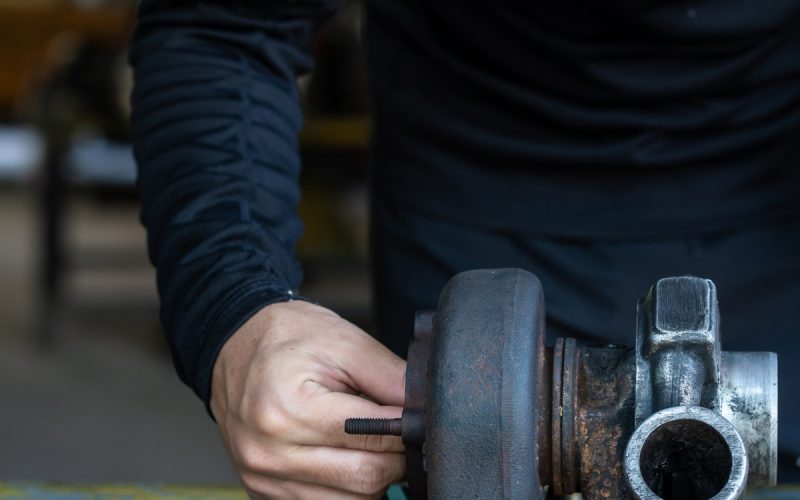Turbochargers play an essential role in improving engine performance and efficiency. Identifying issues early helps you avoid long-term damage and costly repairs.
Understanding the most common turbo problems helps you maintain your vehicle’s reliability and the turbocharger’s lifespan.
Turbo Lag
Turbo lag is one of the most common turbocharger issues you will want to know how to diagnose. It occurs when the engine delivers delayed power after pressing the accelerator.
Worn-out bearings, blocked air filters, or leaks in the turbo system often cause this issue. Testing for lag involves observing acceleration responsiveness and measuring the boost pressure during operation.
Assess airflow within the turbo system to pinpoint possible blockages. Check hoses, intercoolers, and connections for leaks or damage.
Addressing inefficiencies in turbo airflow significantly reduces the likelihood of ongoing lag problems.
Oil Leaks in the Turbocharger
Oil leaks in turbochargers often become apparent through blue smoke from the exhaust or visible oil near the compressor housing. Worn seals, clogged oil lines, or high oil pressure frequently cause these issues.
Careful visual inspection of the turbo parts identifies potential leak points. Focus on cleaning and inspecting the lubrication system for blockages or cracks.
Pay attention to the oil quality, as dirty or degraded oil accelerates seal and component wear. Prompt repairs prevent severe damage to the turbocharger and engine.
Turbo Surging
Turbo surging causes irregular boost pressure or unusual sounds during acceleration. Diagnosing turbo surging early helps you avoid severe engine and turbocharger damage.
Restricted air intake paths or improper boost control settings often contribute to this issue. Inspect the air intake system for physical restrictions or loose fittings.
Analyze your boost control settings and sensors for inconsistencies or malfunctions. Addressing these factors prevents increased wear on the turbocharger’s components.
Excessive Turbocharger Noise
Understanding how to diagnose the most common turbocharger issues often involves identifying abnormal noises that signal internal component failures. Whining, whistling, or grinding noises may reveal serious turbocharger damage.
Checking each component methodically helps locate the specific problem. Inspect the turbine wheel, compressor blades, and bearings for wear or debris.
Debris or improper installation often damages moving parts and creates abnormal sounds. Fixing faults early reduces the risk of catastrophic turbocharger failure.
Shaft Play or Component Wear
Excessive shaft play indicates internal wear and impending turbocharger failure. Turbos fail when the shaft allows unusual movement, creating vibrations or noise.
Proper diagnosis involves physically inspecting the turbo shaft for play. Assess the turbocharger under varying engine conditions to detect vibrations or other symptoms.
Address shaft play early to protect the turbo from irreversible damage and maintain its performance and safety. Diagnosing turbocharger issues early will save you time, money, and potential engine damage.
A proactive approach extends the lifespan of the turbocharger and ensures consistent performance.

